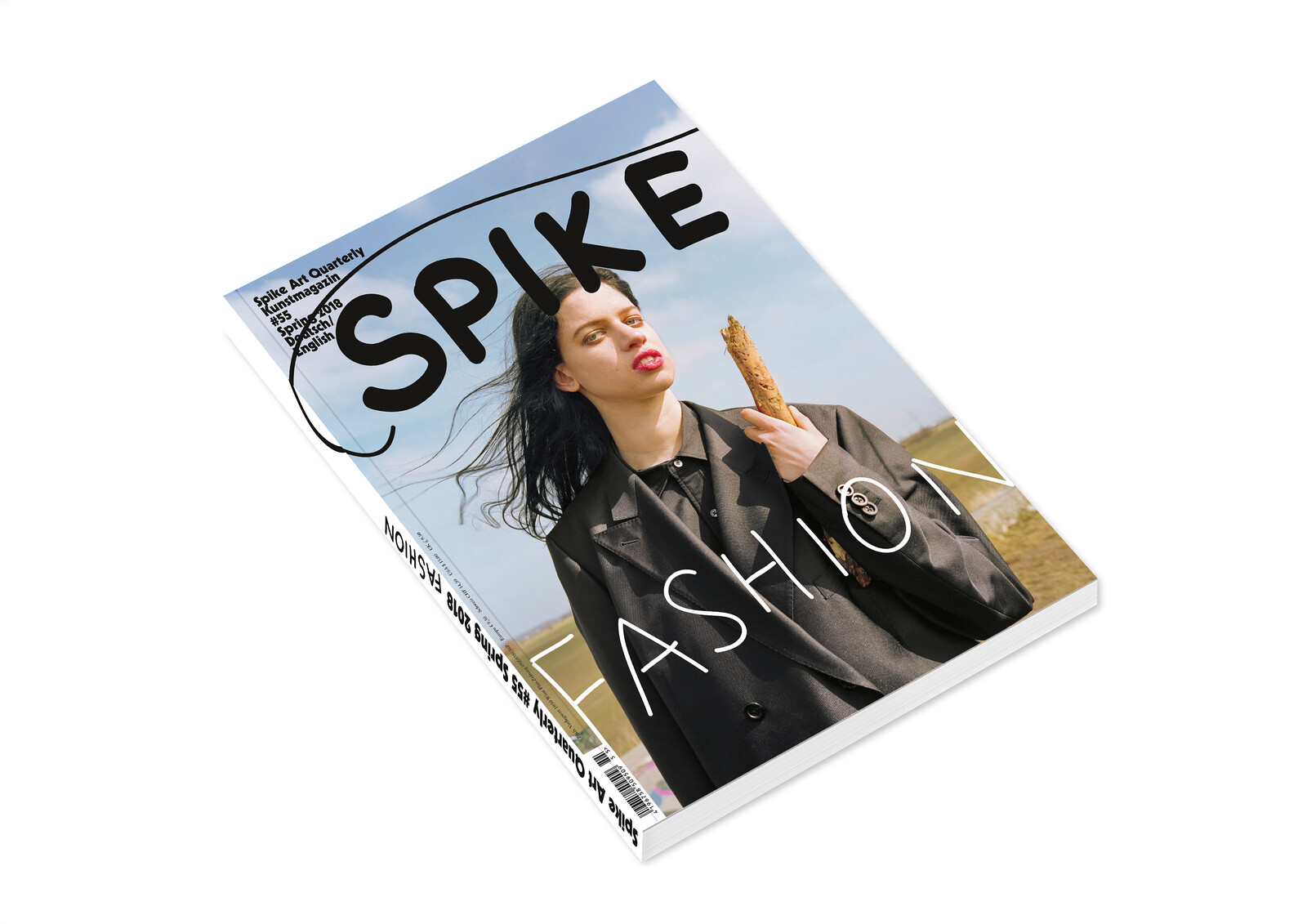Issue 55 “Fashion” out now
Brands such as Y/Project, Telfar and Vetements have found new ways to pick up where the designers of the 90s left off. Aided by strategies borrowed from art, they are transforming the fashion system from within and widening its boundaries beyond recognition. Fashion is succeeding precisely where art is not, wresting autonomy out of enormous political and social shifts. Is it now art’s turn to learn from fashion?
Highlights include:
Talk “Knowing the Now”
Emily Segal and Alessandro Bava discuss art, fashion, and the contemporary: “But there is also a dark side to the connection between art and fashion. In a way art … speaks to the elite much more than fashion does. Fashion is more populist even when it’s inaccessible, because, as a narrative device for talking about the now, fashion is much more democratic.” (AB) Full Text
Questions
answered by fashion designer Andra Dumitrascu, the brand/collective Youths in Balaclava and writer Jack Self, who takes on “Why is there no criticism in fashion?” Read his response here.
One Work
Ella Plevin on the Surrealist triumph of Elsa Schiaparelli and Salvador Dalí’s “Tears Dress”. Full Text
Essay
Rob Horning on fashion as peer pressure
“It takes no special genius to choose the matching line and have the correct answer. But it does take social skill to know when and how to choose the wrong line, to join a party that has set down an errant road, for the pleasure of being included.”
Matthew Linde on the origins of the fashion show
The runway show is still the centrepiece of the fashion world. But it is also, just as when it began in the 19th century, a symptom of its time: the techniques that designers use were then and are now a response to the acceleration of life, only the speeds are not the same.
Natasha Stagg on Micro Influencing
“A personal brand must sell other brands in order to reach its peak, and yet cannot float too far away from the original entity, the real person at the centre of this strategy.”
Ella Plevin on the New York–based art collective Bernadette Corporation
“‘If zombies walked into a casino they wouldn’t want to gamble or win, they’d follow the patterns on the carpet and eat the money.’ Isn’t this what Bernadette Corporation do too?”
Dean Kissick talks with Sylvie Fleury
“There was a while, during the early 2000s or so, when every time I looked at shop windows I thought that the people creating the windows had been flipping through my catalogues and become inspired by my mixing of fashion and art.”
Dominikus Müller on the painter Lukas Duwenhögger
“Duwenhögger makes figurative paintings that function in an almost narrative way, but nevertheless they cannot be resolved through a story.”
&
Artist’s Favourites by Jakob Lena Knebl; a Curator’s Key by Kaat Debo, director of the Antwerp fashion museum MoMu; Christian Muhr and Wally Salner on Fast Forward, a 1999 exhibition in Vienna of the decade’s most influential fashion designers; Dominikus Müller on Colette and the end of the concept store; Matthew Linde in conversation with Marco Pecorari on fashion ephemera; a postcard from Sydney by Rare Candy; “The End Is Night” by Natasha Stagg; artists’ contributions from Yves Saint Laurent, Torbjørn Rødland, Puppies Puppies, pelican avenue and Johannes Schweiger and more…
Alexandre Samson and Marina Faust on the Martin Margiela retrospective at Palais Galliera in Paris, Sondra Perry at the Serpentine Galleries in London, Arthur Jafa at the Julia Stoschek Collection in Berlin, Rachel Whiteread at Belvedere 21 in Vienna, Jean-Michel Basquiat at the Schirn Kunsthalle Frankfurt, Charles Atlas at the Migros Museum in Zurich, LaToya Ruby Frazier at Gavin Brown’s enterprise in New York, Charlemagne Palestine at 356 Mission in LA.
See the full table of contents and buy the issue here.
The next issue of Spike will be out on June 14, just in time for Art Basel.


